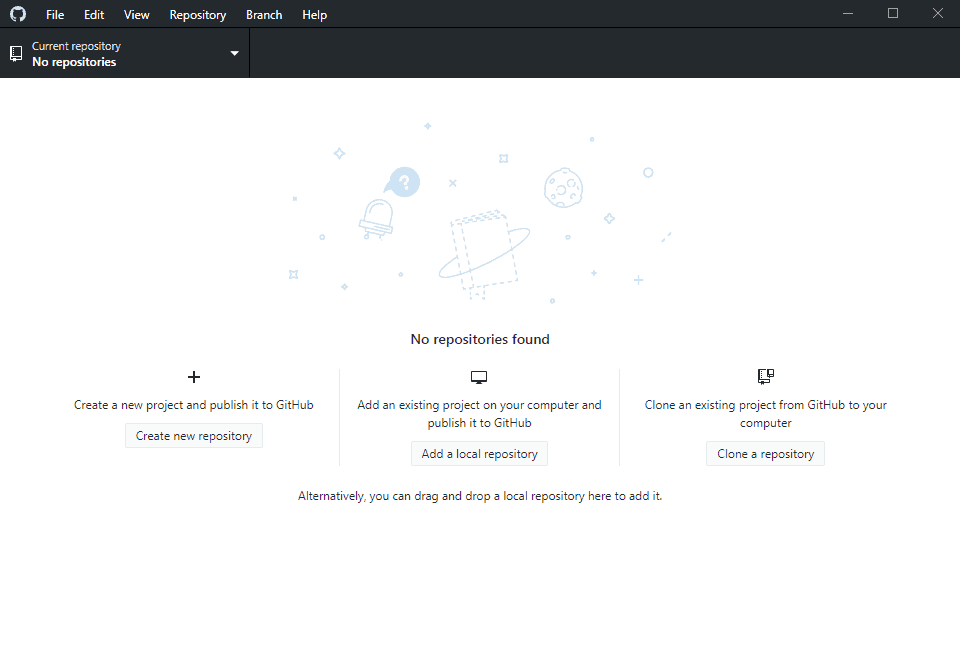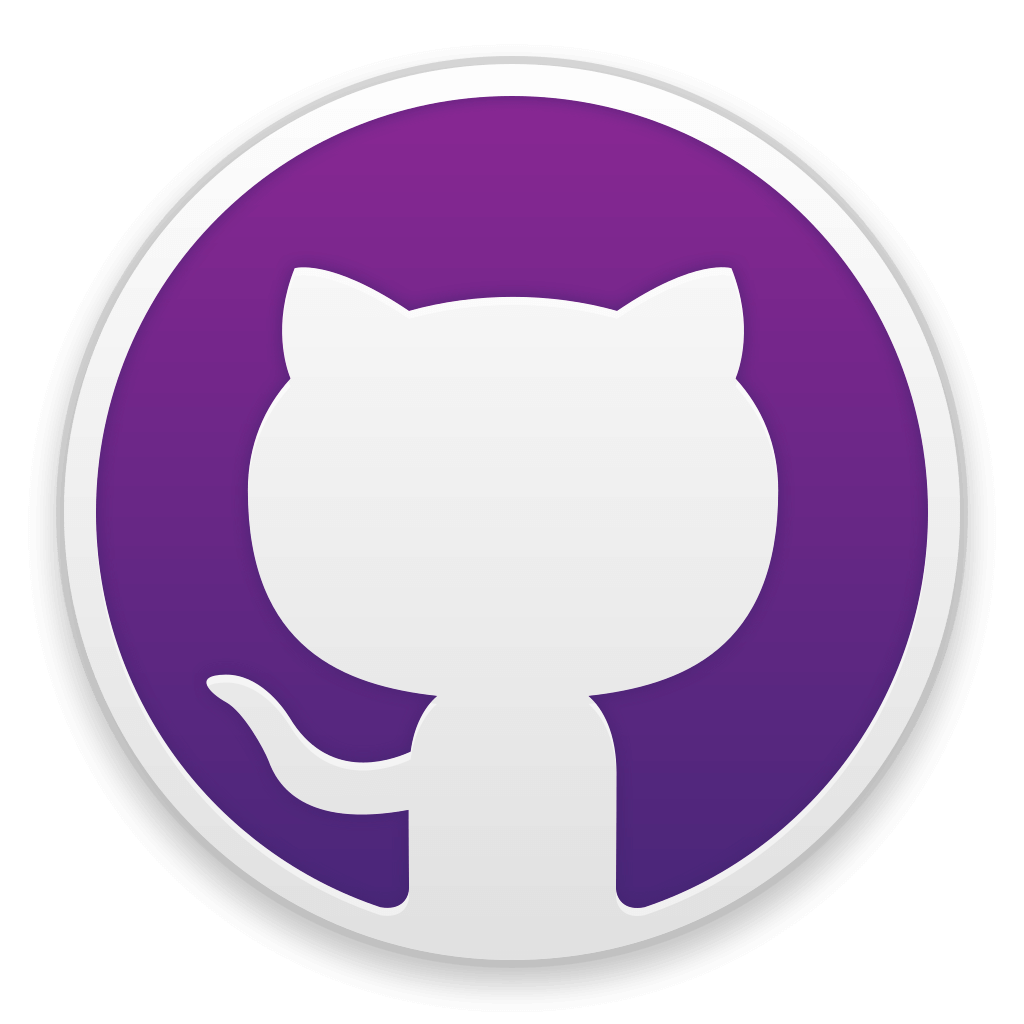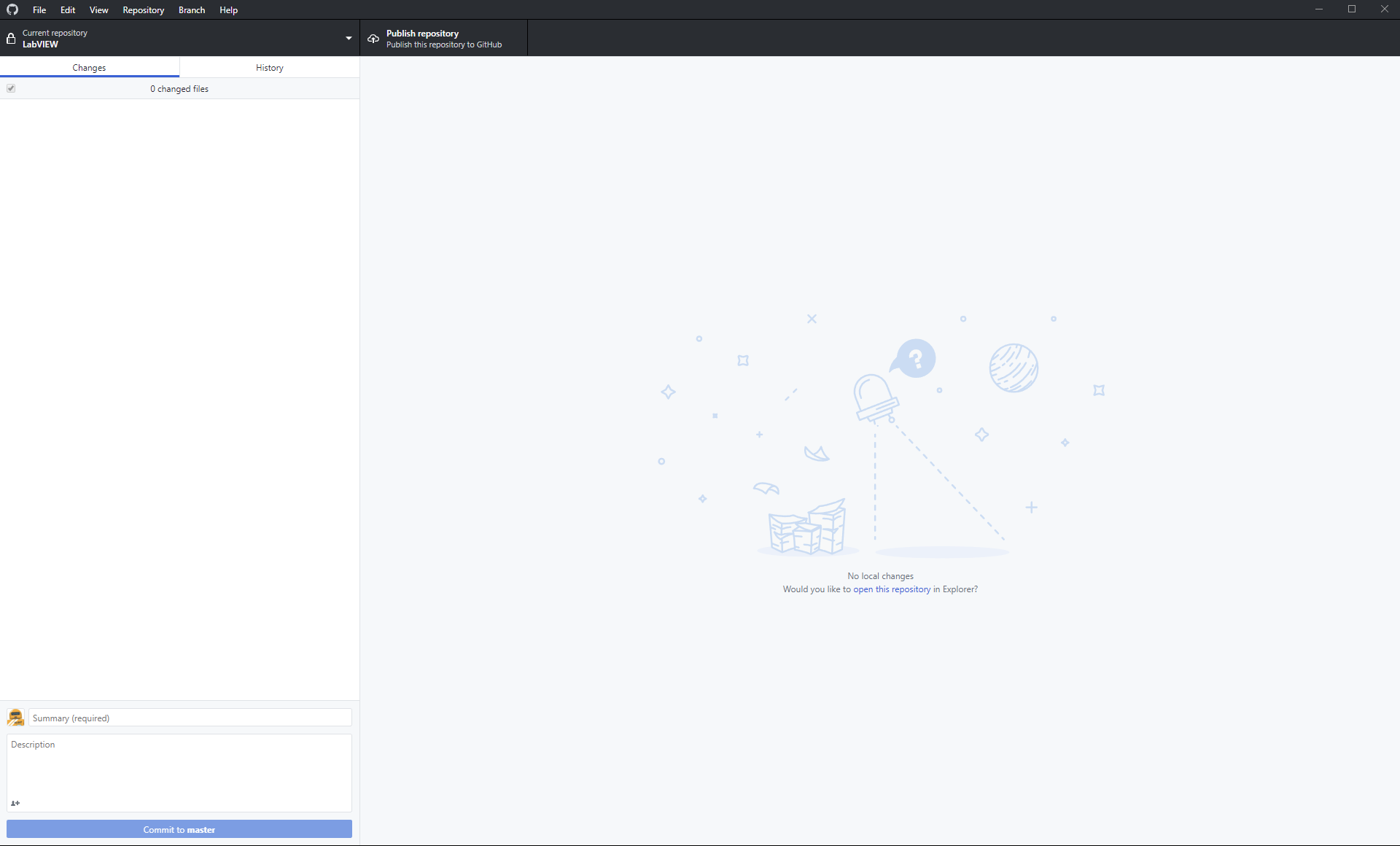

Use a text editor to add the following three lines: If you aren't sure which one to go with, keep Git as your option.Ĭlick Create repository. Bitbucket creates your repository and displays its Source page.ĭouble-click the bitbucketstationsupplies repository in Sourcetree and notice that there is nothing to commit from your local repository to the remote repository. Include a README? -If you recently created your account, this defaults to a tutorial README. For the purposes of this tutorial, pick either of the Yes options, that way you'll start out with a file.įrom Version control system, you can choose either Git or Mercurial. If this box is unchecked, anyone can see your repository. Keep the rest of the options as is unless you want to change them:Īccess level -Leave the This is a private repository box checked. A private repository is only visible to you and those with access. For example, if the user the_best has a repository called awesome_repo, the URL for that repository would be. Bitbucket uses this Name in the URL of the repository.

With the exception of the Repository type, everything you enter on this page you can later change.Įnter BitbucketStationSupplies for the Name field.

Take some time to review the dialog's contents. Bitbucket displays the Create a new repository page.
#Github desktop update#
Now in your commit history, you can choose to amend your last commit to update the commit message or add changes to the commit.įinally, with today’s release, users on Apple Silicon machines using the new M1 chip will upgrade to a native build of GitHub Desktop, improving performance and reducing crashes. If your working directory has a lot of existing changes and you just want to make a small change though, undo probably isn’t a great fit. GitHub Desktop has long included the ability to undo your last commit to place all of its changes back into your working directory.

Now in Desktop, you can check out a new branch from any commit in your history, allowing you to easily view the state of your repo at that point in time while not negatively impacting the branch you’re working on. Many times, you may need to check out an older version of your project to investigate a bug or create a hotfix on top of your latest release. Start a new branch from an earlier commit When you merge, you also now have the option to squash and rebase as part of your merge.Īnd if commits are ordered in a way that’s disparate and hard to follow, now you can just drag and drop them wherever you’d like in your history. If a group of commits represents a single unit of work, or if a project requires that each pull request only has one commit, simply drag them on top of one another to squash them together and add a new commit message that captures the whole picture. Many developers care deeply about their commit history and use it to tell a coherent story about the progression of their project. There’s more of Git now in GitHub Desktop, allowing you to focus on what matters. We’re continuing that momentum and expanding drag and drop to allow you to squash and reorder commits in your history, amend previous commits, start new branches from earlier commits, and more. In GitHub Desktop 2.7, we released cherry-picking and introduced drag and drop, and in GitHub Desktop 2.8 we made several improvements to diffs.


 0 kommentar(er)
0 kommentar(er)
